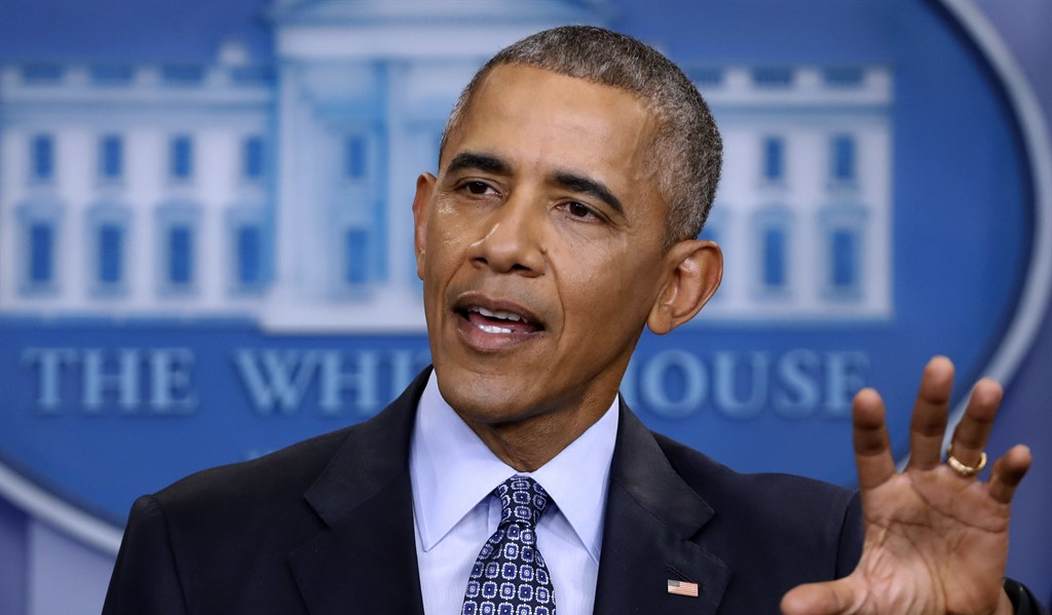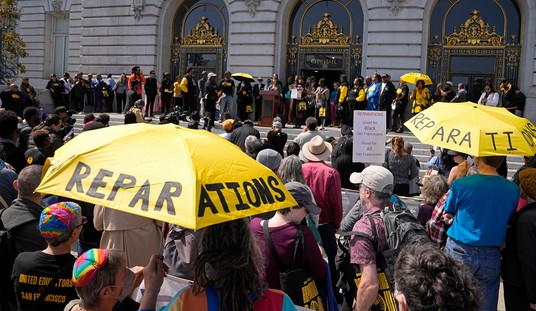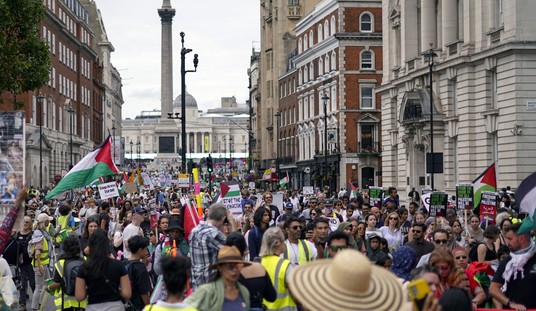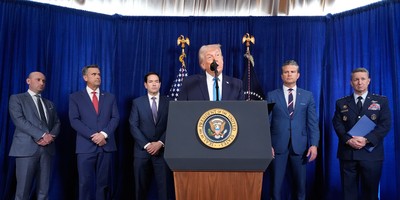Was Donald Trump wiretapped? Was the transition team under surveillance? There are more questions than answers, especially with the latter question, but one thing is clear: our intelligence community caught the Trump transition team through incidental collection. John Solomon and Sara Carter of Circa News reported that those logs are expected to be turned over to Congress next week, as they investigate possible links between the Trump campaign and Russia. Yet, they didn’t get into the weeds concerning the allegations that have yet to unveil any solid evidence of collusion between Russia and Trump’s campaign. Carter and Solomon decided to look into the regulations regarding NSA surveillance, which were changed under Obama that allowed unmasking of American caught through incidental collection to possibly become victim to political games.
Solomon and Carter also added that 16 other executive agencies, not just the FBI and CIA, can now ask for unmasked information after the Obama tweaks to NSA minimization protocols, the process in which the NSA conceals the identity of a citizen who was not subject to the FISA warrant. It’s done either through redaction or naming them generically, like American No. 1. Yet, given the rise in lone wolf attacks, those procedures aimed at protecting privacy were reduced:
The intelligence community fought hard over the last decade starting under George W. Bush and continuing under Obama to gain greater access to NSA intercepts of Americans overseas, citing the growing challenges of stopping lone wolf terrorists, state-sponsored hackers, and foreign threats. But those directly familiar with the processes acknowledged the breadth of access today could be abused for political espionage or pure prurient interests, instead of just compelling national security interests.[…]
The ACLU, an ally of Obama on many issues, issued a statement a few months ago warning that the president’s loosened procedures governing who could request or see unmasked American intercepts by the NSA were “grossly inadequate” and lacked “appropriate safeguards.”
Nunes, the House intelligence panel chairman who was not interviewed for this story, alleged in the last week he has received evidence that Obama administration political figures gained access to unmasked American identities through foreign intercepts involving the Trump transition team between November and January.
[…]
…as the U.S. intelligence community became more worried over the last decade about its ability to locate lone wolf terrorists, foreign spies and hackers in an increasingly digital world, Bush and Obama began relaxing the rules for minimization and increasing access to NSA collected information on Americans. In short, the Obama administration created a standard set of “exceptions” to the minimization rules.
One of those relaxations came in 2011 when Attorney General Eric Holder sent a memo to the FISA court laying out the rules for sharing unmasked intercepts of Americans captured incidentally by the NSA. The court approved the approach.
In 2015, those rules were adapted to determine not only how the FBI got access to unmasked intelligence from NSA or FISA intercepts but also other agencies. One of the requirements, the NSA and FBI had to keep good records of who requested and gained access to the unredacted information.
And in his final days in office, Obama created the largest ever expansion of access to non-minimized NSA intercepts, creating a path for all U.S. intelligence to gain access to unmasked reports by changes encoded in a Reagan-era Executive Order 12333.
The government officials who could request or approve an exception to unmask a U.S. citizen’s identity has grown substantially. The NSA now has 20 executives who can approve the unmasking of American information inside intercepts, and the FBI has similar numbers.
Recommended
This isn’t new concerning the game of government exploiting new technological features to maximize its power and take advantage of it before the courts can catch up.
























Join the conversation as a VIP Member